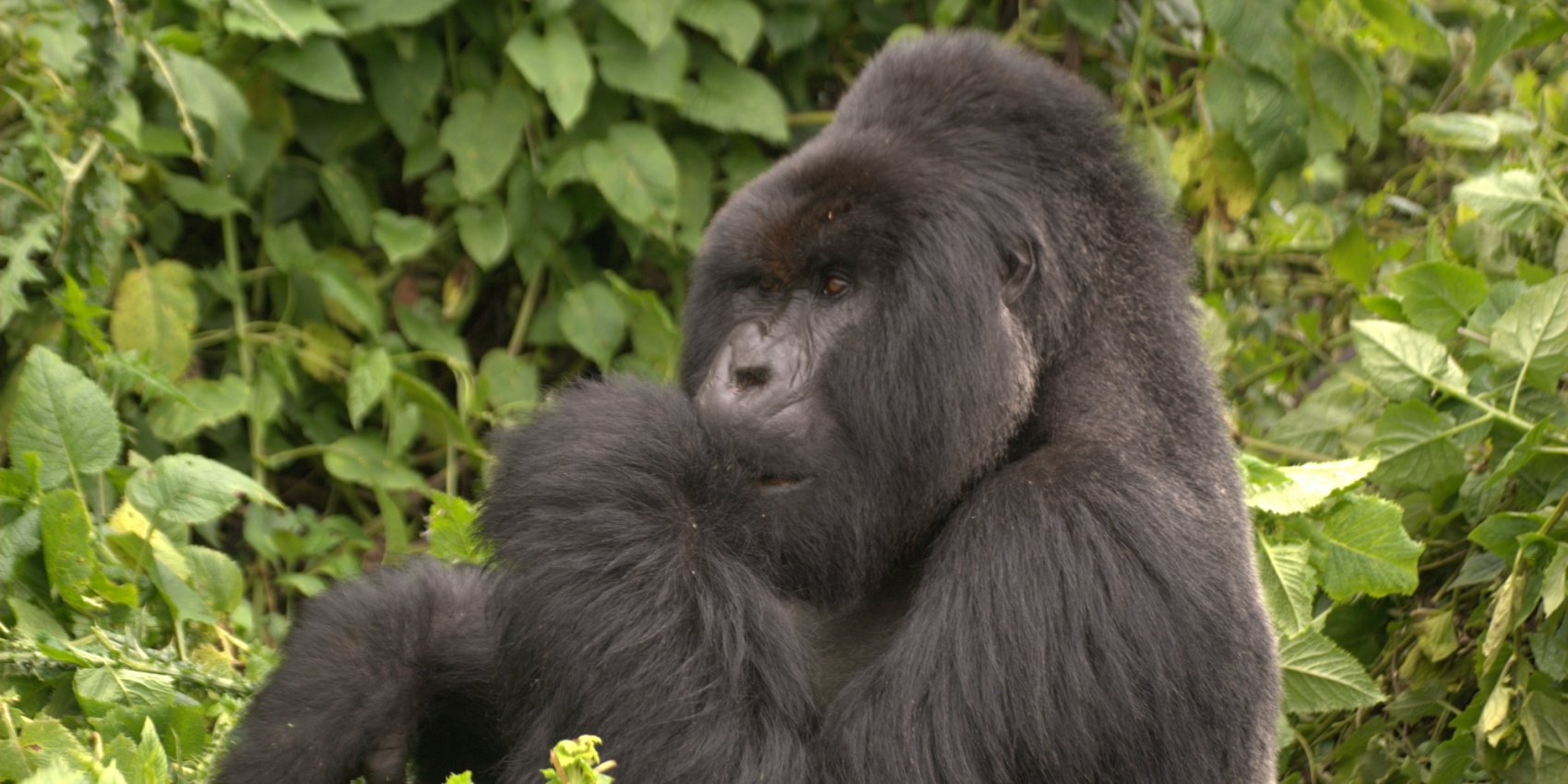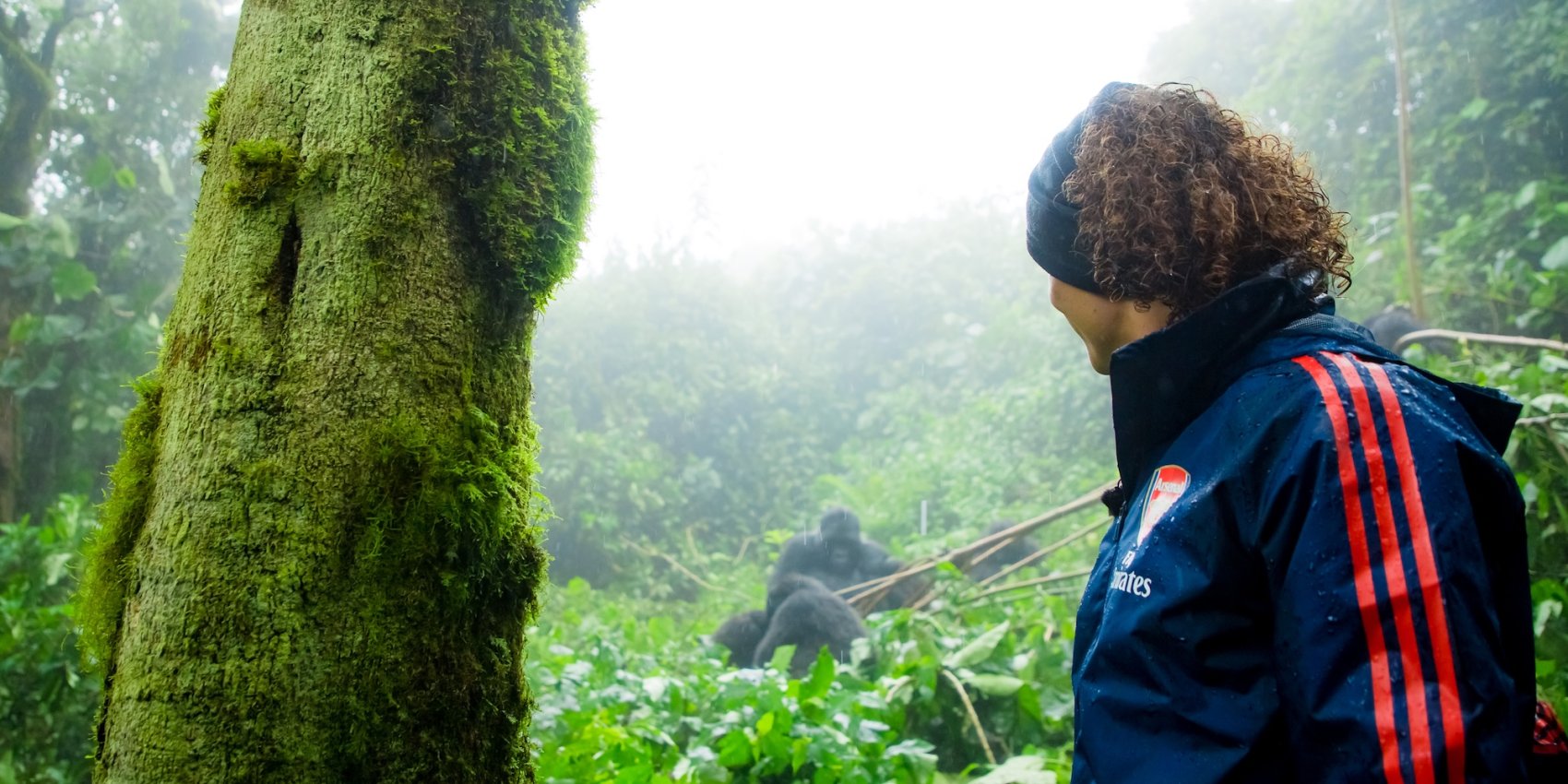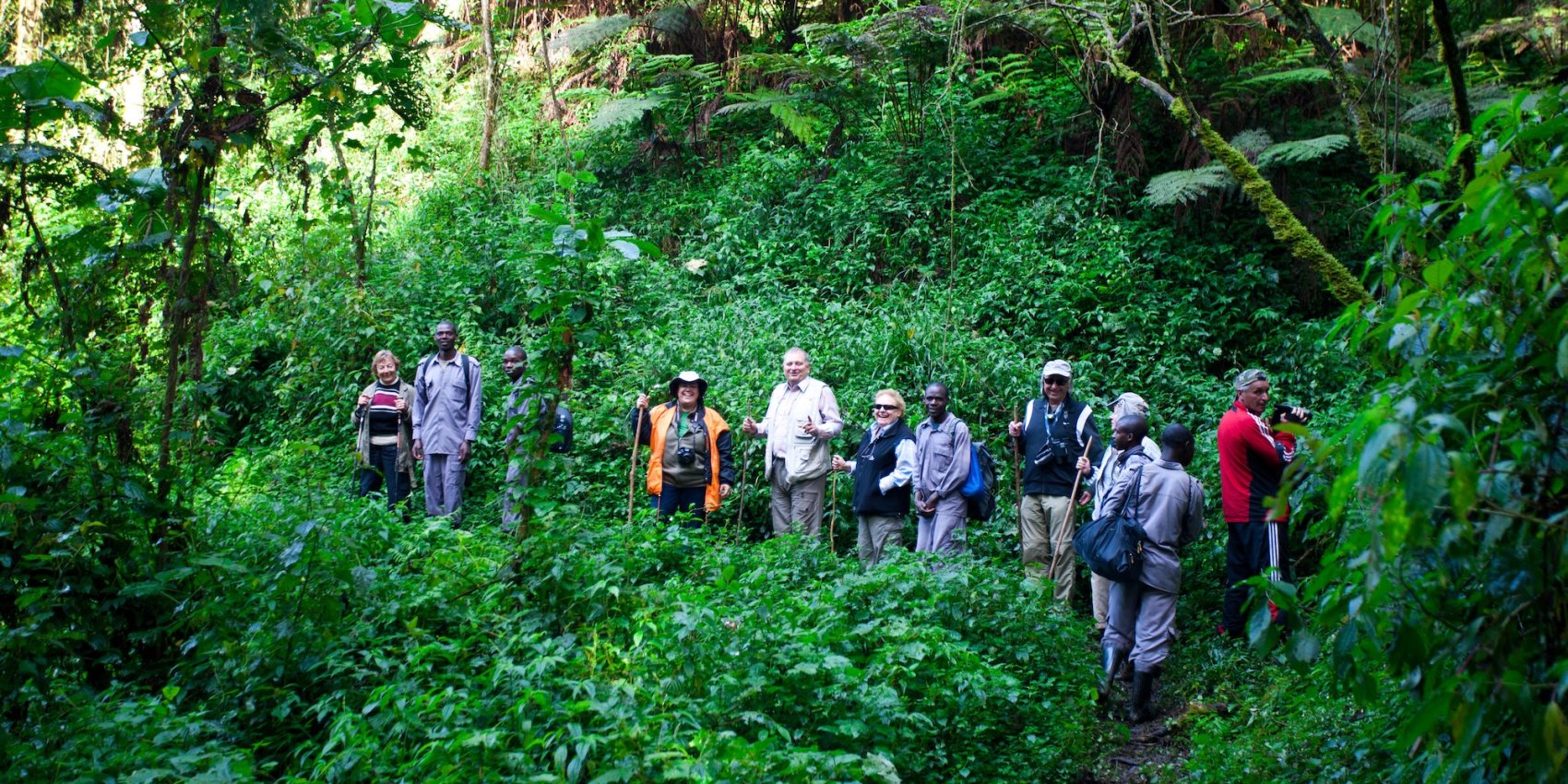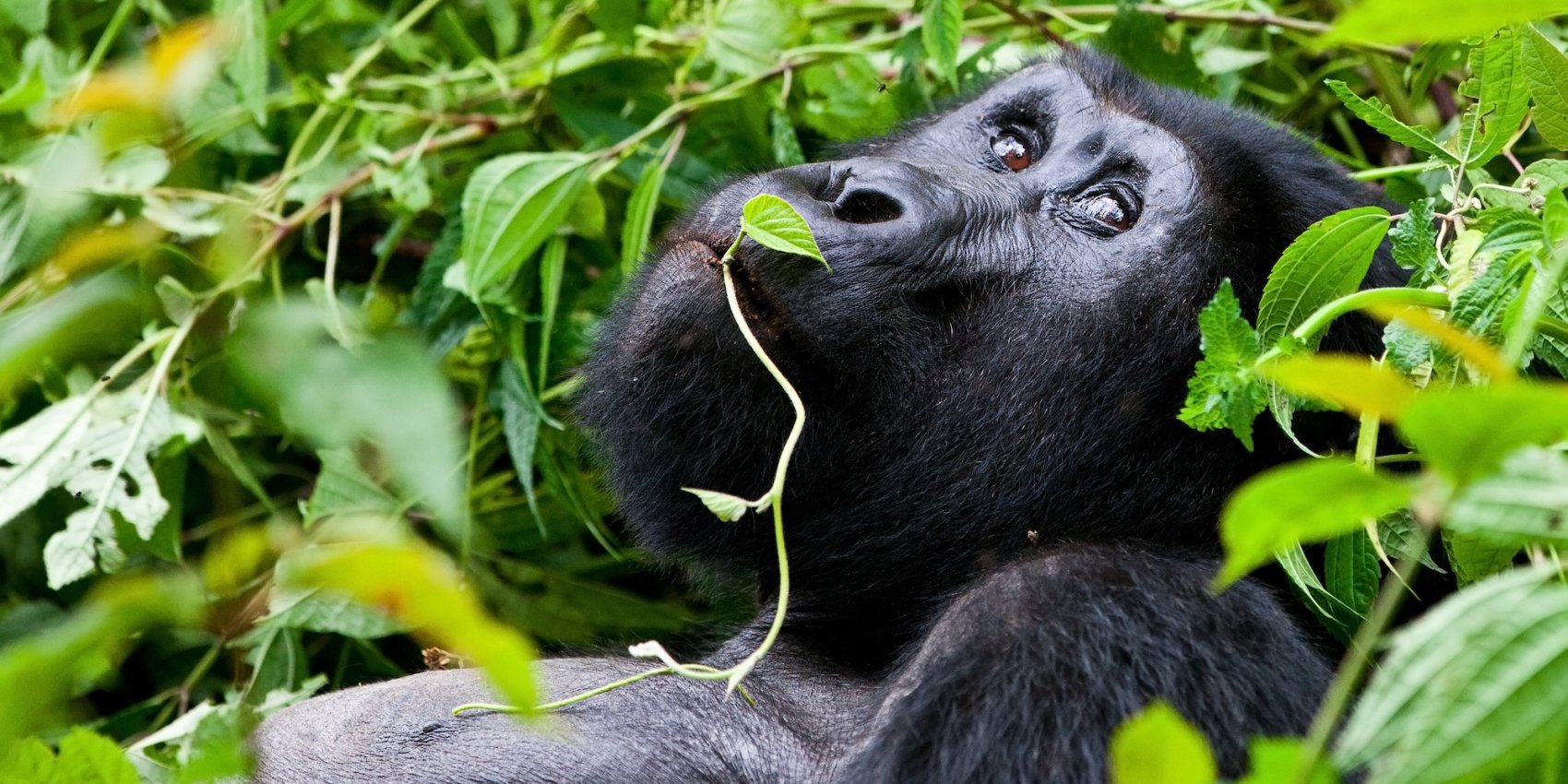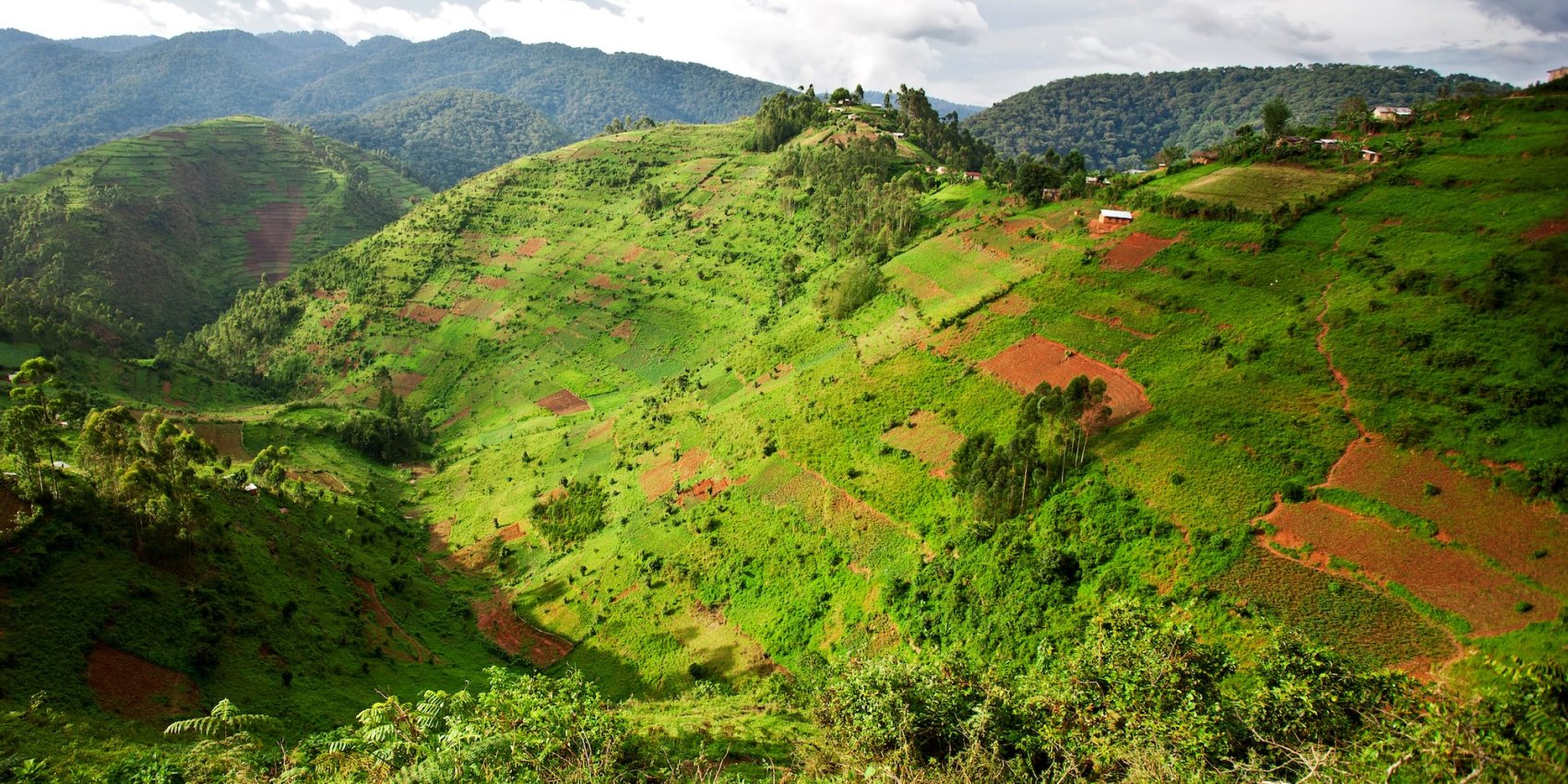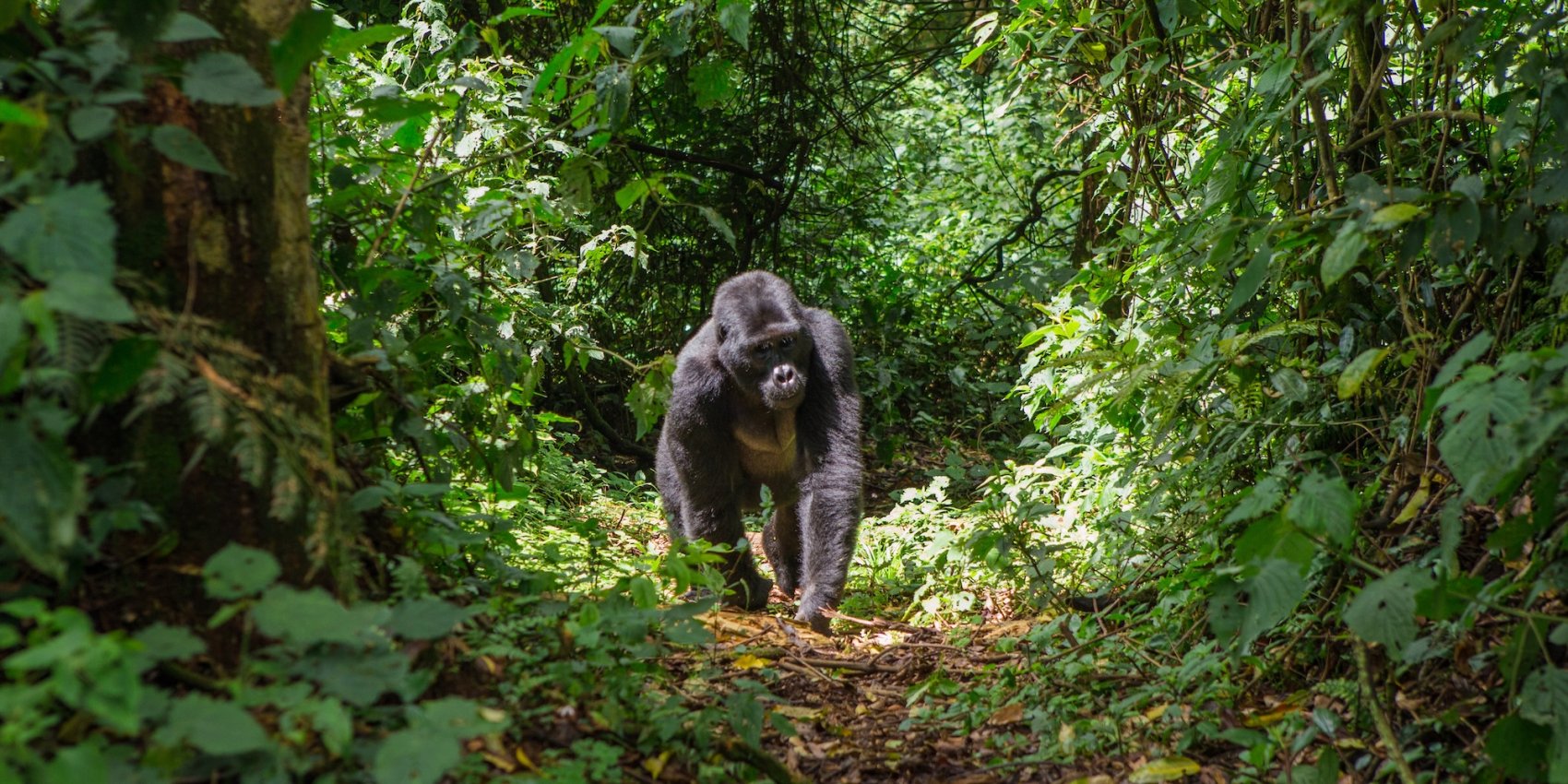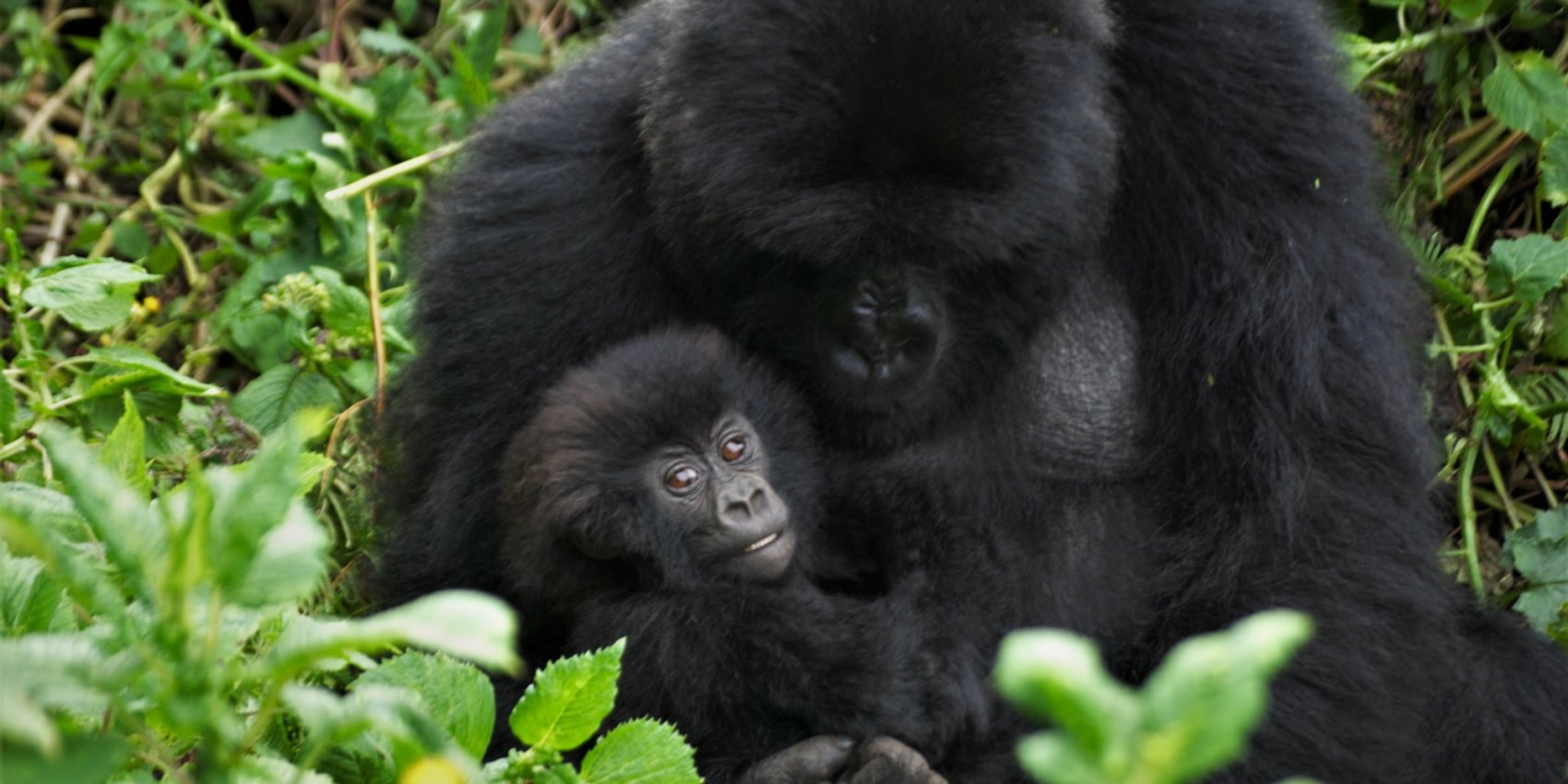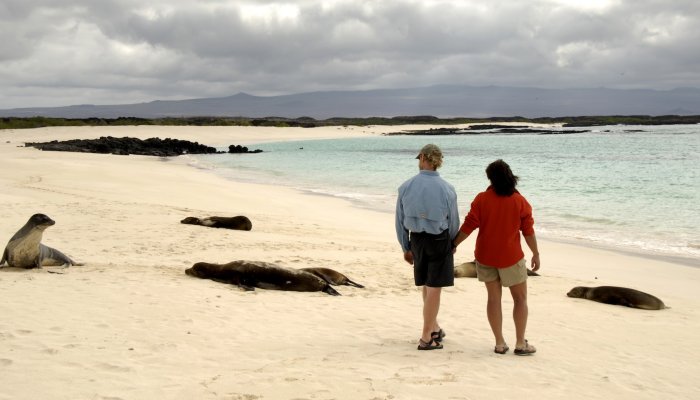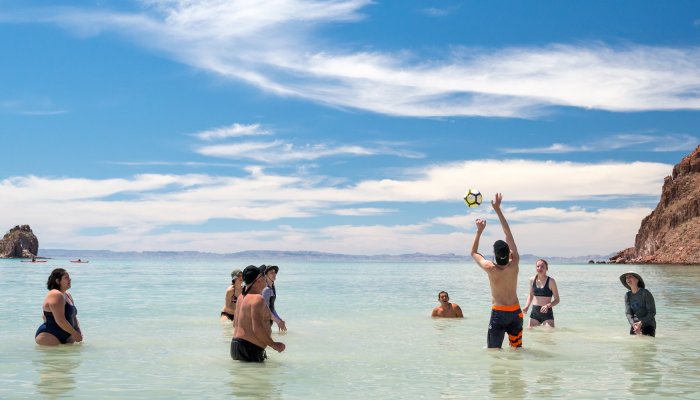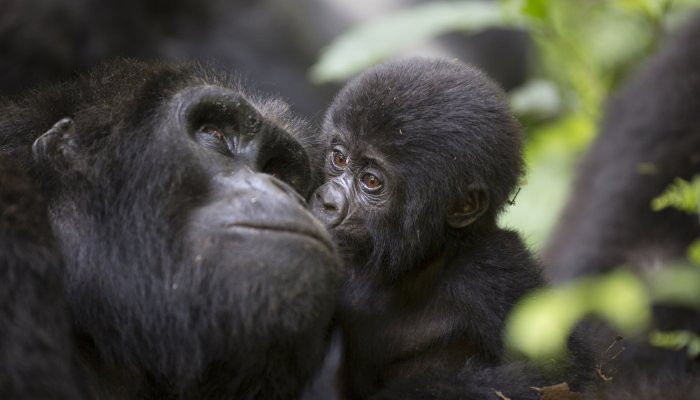Mountain Gorilla Trekking: What it’s Like and How to Do It Responsibly
Few wildlife encounters stir emotions quite like observing a mountain gorilla deep within its natural habitat. Imagine trekking through quiet forests, the only noises you hear are whispers from your guide and the faint rustling of leaves until suddenly, through the thick foliage, a gentle giant emerges. Mountain gorillas exist only in a handful of protected forests, making the opportunity to see them rare and unforgettable.
If you’re ready to mark this once-in-a-lifetime adventure off of your bucket list, here’s what to expect, how to prepare, and why responsible tourism is essential for the survival of mountain gorillas.
The Gorilla Trekking Experience
Mountain gorilla treks take place primarily in Rwanda’s Volcanoes National Park, Uganda’s Bwindi Impenetrable Forest, or the Virunga Mountains that stretch across Rwanda, Uganda, and the Democratic Republic of Congo. Expert guides and trackers lead small groups through dense forests. These guides understand the gorillas’ typical daily movements and use their extensive knowledge to facilitate up-close encounters.
The trek’s length and difficulty can vary, and the group's ability should be taken into consideration before choosing your trail. You might hike through thick rainforest, climb steep hills, or navigate muddy trails. Depending on where the gorillas are, treks can last anywhere from one to several hours. Having a moderate level of fitness and sturdy hiking boots will make your trek much more comfortable.
When you finally come face-to-face with the gorillas, you’ll have one hour to observe them in their natural habitat. You’ll likely see families grooming, playing, or resting peacefully. The dominant silverback is often calm but alert, quietly overseeing his group. This is a genuine wildlife encounter, not a zoo visit, so keeping a respectful distance, speaking softly, and listening to your guide is crucial.
Why Responsible Gorilla Tourism Matters
Mountain gorillas are an endangered species, and while they were once on the brink of extinction, they’ve made a remarkable recovery. Thanks to conservation efforts, responsible tourism, and organizations like the International Gorilla Conservation Programme, their numbers have grown from just 250 in the early 1980s to over 1,000 today. But this is only the beginning.
Tourism plays a role in protecting mountain gorillas and the places they call home. Permit fees directly fund anti-poaching patrols, veterinary care, and community programs that help protect gorillas and their habitat. Groups are limited to eight visitors, visits last only an hour, and visitors must stay at least 7 meters (about 23 feet) away, not only for safety reasons, but also to minimize disease transmission risk from humans to gorillas. Since gorillas share around 98% of our DNA, they are especially vulnerable to human illnesses like colds and flu.
By respecting these guidelines visitors contribute to the gorillas’ protection, supporting local communities, and also get to take part in a truly incredible experience.
Preparing for Your Gorilla Trek
Preparing physically will help you make the most out of your gorilla trekking experience. The terrain can be challenging with dense forests, steep climbs, and muddy paths being common. So building stamina ahead of time is wise. Walking, hiking, or light jogging in the weeks leading up to your trip can make a big difference.
Keep in mind that gorilla trekking often takes place at elevations between 1,500 and 3,000 meters (5,000–10,000 feet). If you’re not used to higher altitudes, consider arriving a day or two early to acclimatize before your trek. Staying hydrated is also key to avoiding altitude sickness.
Equally important is packing the right gear for your gorilla trekking tour. You’ll be spending lots of time outdoors in unpredictable conditions, often in the thick forest–so comfort and practicality matter. Here’s what we recommend bringing:
- Sturdy hiking boots with ankle support and good grip.
- Neutral-colored clothing to blend into the forest.
- Long sleeves and pants for insect and plant protection.
- Lightweight rain jacket for sudden weather changes.
- Unscented sunscreen and insect repellent—strong fragrances can disturb wildlife and attract insects.
- Reusable water bottle and snacks to stay fueled.
- Camera with flash disabled to capture the moment without disruption.
When you’re finally in the presence of gorillas, the best experiences come from moving quietly, avoiding sudden gestures, and following your guide’s lead. Gorillas are sensitive to noise and movement, so calm, respectful behavior is essential—not just for your safety but for theirs.
Quick-Reference Gorilla Trekking Checklist
Before you set out, keep these final tips in mind for a safe, respectful, and rewarding trek:
- Stay quiet and calm—let the forest’s natural soundtrack take center stage.
- Follow your guide’s instructions at all times.
- Keep a safe distance—never try to touch or feed the gorillas.
- Avoid scented products to prevent disturbing wildlife.
- Be patient—gorillas move on their own schedule.
- Bring reusable water and be prepared for rain or mud.
These small actions not only keep you safe but also help ensure your visit supports the long-term protection of these incredible animals.
Why Your Gorilla Trekking Operator Matters
Before deciding where to trek, it’s just as important to consider who you travel with. Booking through an established, reputable tour operator can make all the difference in your experience. These companies take care of the permits, transportation, and accommodations, all while ensuring your trek aligns with conservation best practices.
Gorilla trekking permits are limited and often sell out up to a year in advance, especially during peak seasons. A trusted operator will secure your permit well ahead of time so you don’t have to worry about availability.
The best operators also prioritize hiring local guides, porters, and staff, providing meaningful jobs and directly supporting the surrounding communities. Choosing carefully means your journey becomes more than an unforgettable adventure, it’s a way to contribute to conservation and local livelihoods.
When selecting a tour company, look for one that:
- Secures gorilla trekking permits in advance
- Employs experienced local guides who know the terrain and wildlife behavior
- Follows strict ethical guidelines to minimize disturbance to the gorillas
- Supports local economies by providing fair-wage jobs and reinvesting in the region
Choosing the Right Gorilla Trekking Destination
Once you’ve chosen the right company, the next step is deciding where to go. Here’s a quick overview of the main gorilla trekking destinations:
Rwanda: Volcanoes National Park offers well-organized tourism and excellent infrastructure, making it a popular choice. Kigali, the capital, provides convenient international flight connections and a welcoming atmosphere. Adventure Unbound offers a fantastic 13-day itinerary that features several primate visits in Rwanda as well as paddling a kayak on Lake Kivu. You can explore this at Rwanda Gorilla Trekking and Kayaking.
Uganda: Bwindi Impenetrable Forest boasts incredible biodiversity and offers a slightly more rugged trekking experience, ideal for travelers seeking adventure paired with cultural exploration.
Democratic Republic of Congo: Virunga National Park is the least visited due to political challenges and the current civil war in the eastern part of the country. Currently we don’t recommend this option, but are hopeful peace will come to the area and reward those willing to navigate the logistics with a unique and less crowded experience.
When to go Gorilla Trekking
The most popular time for gorilla trekking is during the dry seasons– June to September and December to February. Trails tend to be drier and easier to navigate, and spotting wildlife is often a little easier when the vegetation isn’t as thick.
That said, gorilla trekking is a year-round adventure, and every season has something special to offer. In the rainy months, the forest comes alive with lush greenery, the trails are quieter, and you might feel like you have the place to yourself.
What to Expect After Your Trek
Spending an hour with mountain gorillas is an experience that stays with you long after you leave the forest. Many travelers describe a profound sense of awe and connection—not only to these gentle giants but to the fragile ecosystems they call home. It’s common to spend the hike back reflecting on the privilege of encountering such rare wildlife and the importance of conservation efforts that make it possible.
To round out your adventure, some parks offer enriching add-ons like guided nature walks, birdwatching, or cultural visits with nearby communities. These moments provide a deeper understanding of the landscapes and people who share them with the gorillas. And while your photos will capture the scene, it’s often the sounds, smells, and quiet magic of the rainforest that stay in your heart.
Final Thoughts
Seeing mountain gorillas in the wild is more than a trip; it’s a meaningful encounter that stays with you long after you leave the forest. Approaching the experience with respect, preparation, and a commitment to responsible tourism helps ensure these animals thrive for generations to come.
If you’re ready to start planning, connect with experienced guides and operators who prioritize conservation and community. This journey will reward you with the memories and a deeper appreciation for one of nature’s most remarkable species.


